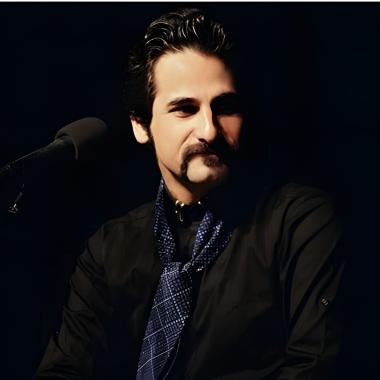Online Iranian Singing Course in edinburgh
Links
- Child Music edinburgh
- Fluet Children edinburgh
- Orff Music edinburgh
- Piano Child edinburgh
- Tonbak Child edinburgh
- Violin Child edinburgh
- Xylophone Child edinburgh
- Accordion edinburgh
- Cajon edinburgh
- Cello edinburgh
- Clarinet edinburgh
- Classic Violin edinburgh
- Double Bass edinburgh
- Electric Guitar edinburgh
- Flute edinburgh
- Guitar edinburgh
- Handpan edinburgh
- Hangderam edinburgh
- Harmonica edinburgh
- Harmonica edinburgh
- Harp edinburgh
- Lakota Fluet edinburgh
- Lyre edinburgh
- Melodica edinburgh
- Persian Tang edinburgh
- Piano edinburgh
- Saxophone edinburgh
- Ukulele edinburgh
- Violin Alto edinburgh
- Hearing training edinburgh
- Iranian Singing edinburgh
- Persian Avaz edinburgh
- Persian Chore edinburgh
- Persian Foley edinburgh
- Persian Pop Singing edinburgh
- Persian Singing edinburgh
- Baglama edinburgh
- Daf edinburgh
- Darboka edinburgh
- Divan edinburgh
- Ghaychak edinburgh
- Kanun edinburgh
- Keyboard edinburgh
- Oud edinburgh
- Persian Dotar edinburgh
- Persian Kamancheh edinburgh
- Persian Ney edinburgh
- Persian Piano edinburgh
- Persian Santoor edinburgh
- Persian Violin edinburgh
- Setar edinburgh
- Tanbur edinburgh
- Tar edinburgh
- Tombak edinburgh
Close Filters



Malihe Rahimi - Iranian Singing course
tuition: 1,000,000 toman
Poorya Zamani - Iranian Singing course
tuition: 1,000,000 toman
Soror Tavakoli - Iranian Singing course
tuition: 2,000,000 toman
Mohammad Malek - Iranian Singing course
tuition: 500,000 toman
Sharif Tavakoli - Iranian Singing course
tuition: 1,000,000 tomanIranian Singing edinburgh